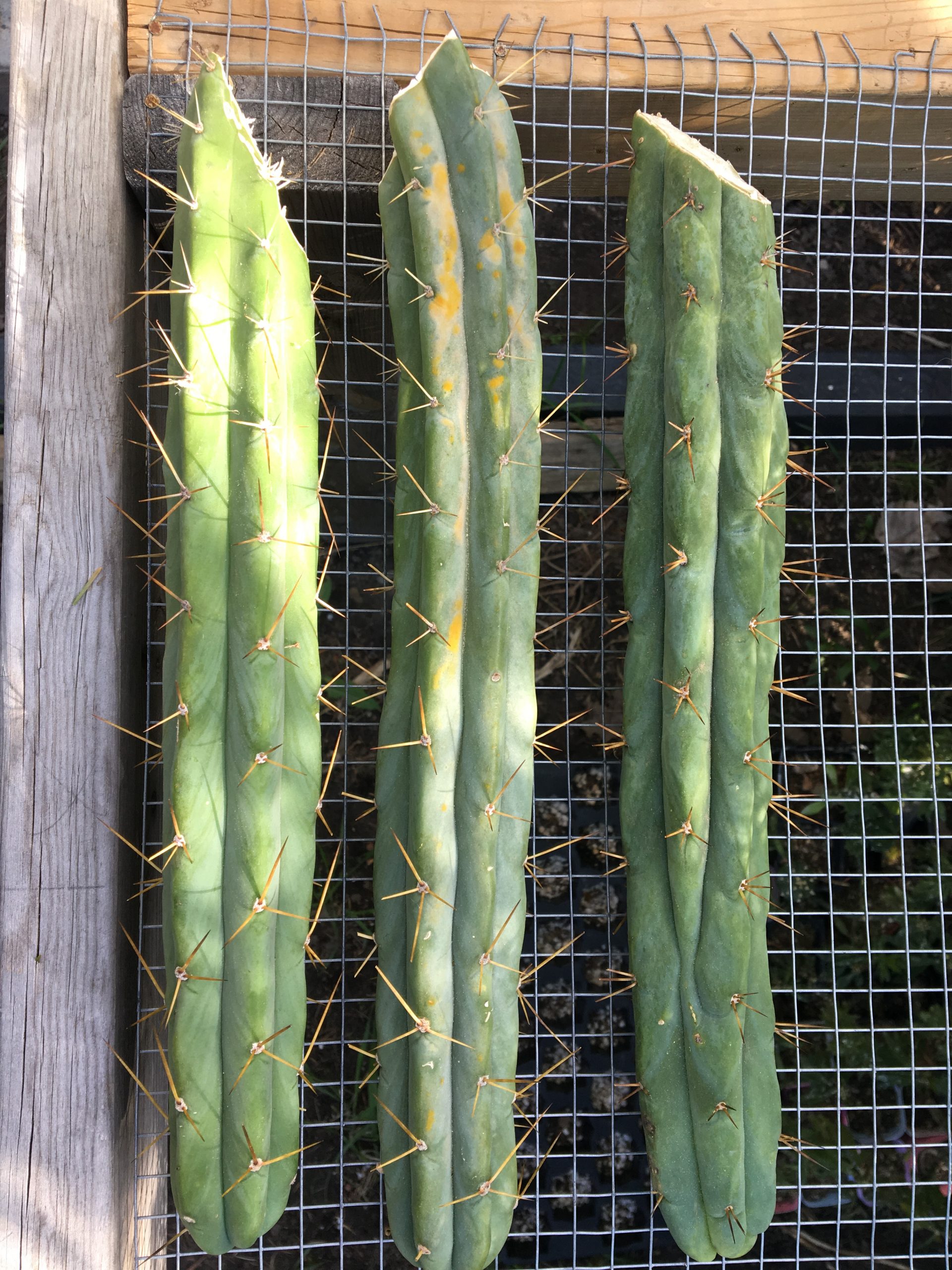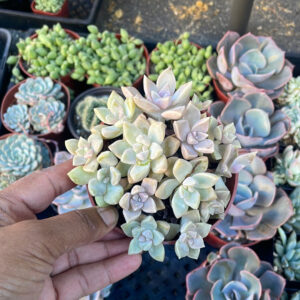There is an ineffable allure to cacti, often captivating the hearts of both novice plant enthusiasts and seasoned botanists alike. One particular aspect that stands out is their ability to propagate through cuttings, allowing you to cultivate new plants from existing ones. This method not only invites you into the intricate world of plant care but also intensifies the bond between humans and nature.
Cacti are remarkable for their resilience and adaptability, thriving in environments that would deter most other flora. The process of creating a new cactus from a cutting is not just about the end result; it is a journey into understanding plant biology, environmental responsiveness, and even the emotional satisfaction of nurturing life. Let us delve into this captivating endeavor and explore how one can successfully create a new cactus plant from cuttings.
Understanding Cactus Structure and Biology
Before embarking on the propagation journey, it is essential to familiarize yourself with the unique structure of cacti. Unlike traditional plants, cacti store water in their stems, rendering them succulents. This adaptation allows them to flourish in arid climates while managing water scarcity efficiently. Their spines, which are modified leaves, play multiple roles, from deterring herbivores to providing partial shade, thus reducing water loss.
The different species of cacti exhibit varying shapes, sizes, and characteristics. Common types used for propagation include the prickly pear (Opuntia) and the Christmas cactus (Schlumbergera). Understanding the specific needs and growth patterns of the type you wish to propagate is crucial for ensuring success.
Choosing the Right Cutting: Location and Timing
Choosing the right cutting is paramount. It is recommended to select healthy, mature stems for propagation. A general rule of thumb is to take cuttings from the upper part of the cactus where growth is more vigorous. It’s best to perform cuttings during the spring or early summer, as this is the active growing season for most cacti and will enhance root development.
Using a clean, sharp knife or pruning shears, cut a segment of the cactus, typically around 4 to 6 inches in length. The cut should be made just below a node or joint to maximize the chances of sprouting roots. After cutting, allow the wound to dry out and callus over for a few days in a shaded area. This precaution is vital as it prevents the cutting from rotting when placed in soil.
Preparing for Planting: Soil, Pot, and Watering
Once the cutting has formed a callus, it’s time to prepare for the planting phase. Start by selecting a pot that has drainage holes. Cactus soil, which is well-draining and porous, is essential for promoting healthy root development. You can create your own mix by combining regular potting soil with sand or perlite. This combination allows excess moisture to escape, which is crucial for cactus health.
When you are ready to plant, gently place the callused end of the cutting into the soil, embedding it approximately one inch deep. Firmly press the soil around the base to anchor the cutting, ensuring that it stands upright.
Watering should be approached with caution. Unlike most plants, cacti thrive better on the dry side. It is advisable to wait for a couple of weeks before watering the cutting to allow roots to establish. When you do water, use a minimal amount, ensuring the soil is damp but not soggy. Excess moisture can lead to root rot, which is a common pitfall for cactus beginners.
Caring for Your New Cactus: Sunlight and Temperatures
Light and temperature play a significant role in nurturing a cutting into a robust cactus. Place the newly planted cutting in a location that receives bright, indirect sunlight. Too much direct sunlight can lead to sunburn, while too little light may inhibit growth.
The ideal temperature for most cacti ranges from 70°F to 100°F during the day, with a slight drop at night. If you live in a region that experiences cooler temperatures, consider bringing your cutting indoors to protect it from frost. This delicate balance of temperature, humidity, and light is essential for fostering long-term health.
Encouraging Root Growth: Patience is Key
Propagation can be a test of patience. Roots typically begin to establish themselves within a few weeks, but it may take several months before the cactus cutting displays visible signs of growth. During this period, resist the temptation to frequently check the roots. Instead, ensure proper conditions are maintained, and allow nature to take its course.
Once roots are established, you may begin to introduce a weak cactus fertilizer, diluted to half strength, to promote healthy growth. Careful observation will enable you to recognize when your cactus is ready for repotting or transitioning to a more permanent home.
The Fascination of Cactus Propagation: A Journey of Connection
Creating a cactus from cuttings is more than just a horticultural technique; it is an exploration of life and the intricate connections that bind us to nature. The act of nurturing a plant, watching it grow, and witnessing the metamorphosis from cutting to full-fledged cactus speaks to the universal desire to cultivate growth, both in plants and in ourselves. Each cutting represents a fragment of the larger tapestry of life, a reminder of resilience, adaptability, and the profound connection we share with the natural world.
Ultimately, propagating cactus cuttings offers not just a sense of accomplishment, but a deeper appreciation for the wonders of nature. Through this simple, yet rewarding, process, one can transform a mundane gardening task into a meaningful journey of growth and discovery.





Leave a Comment